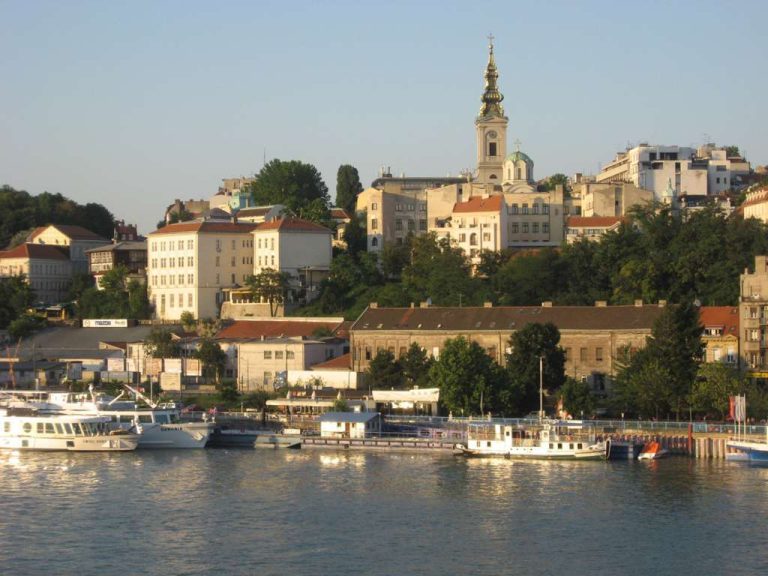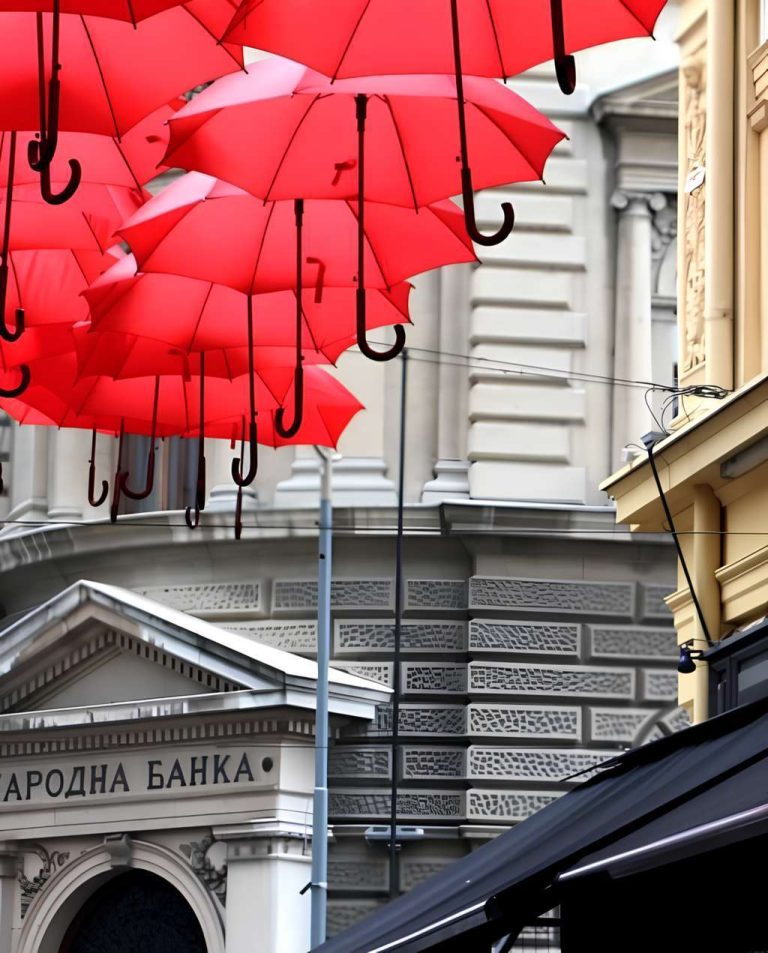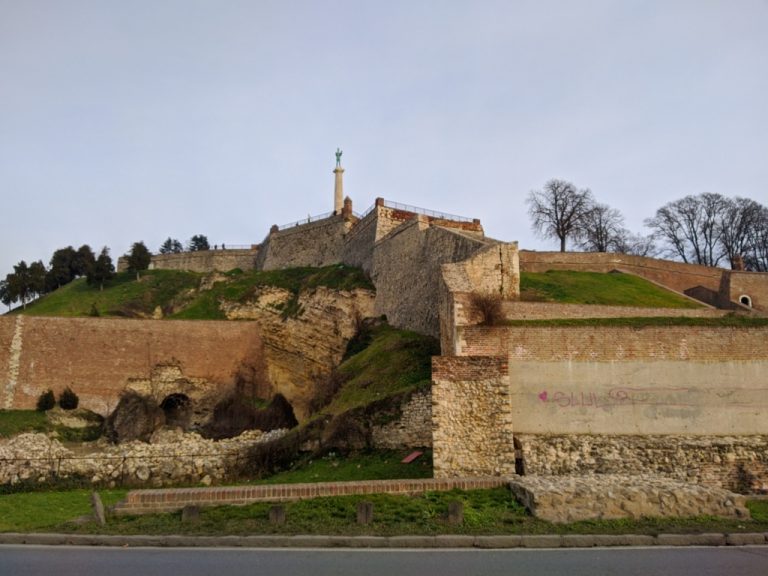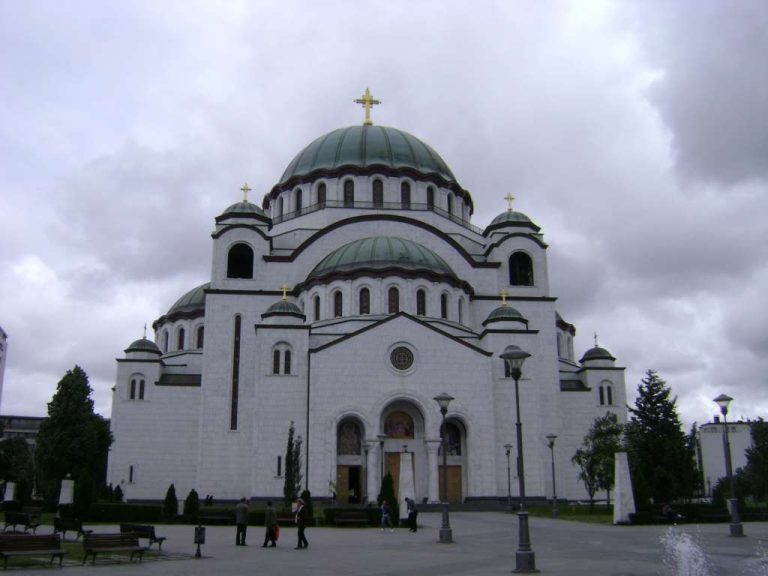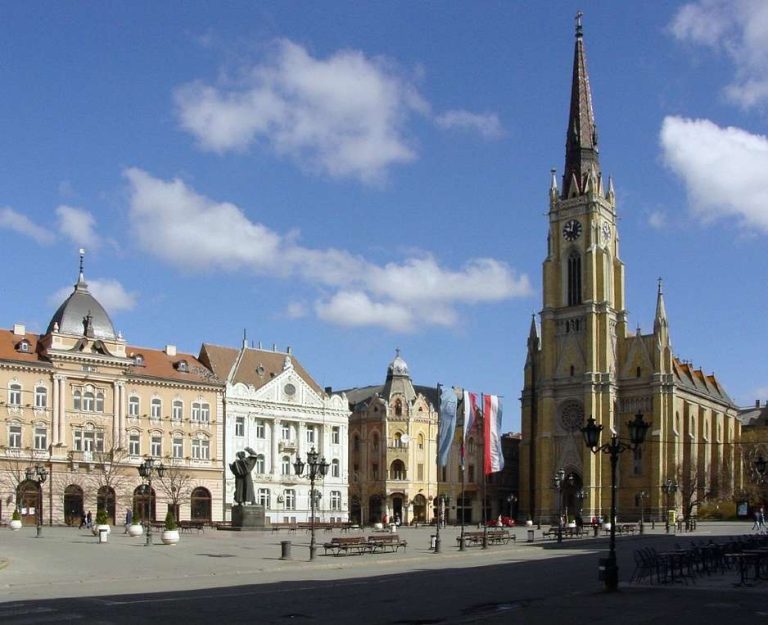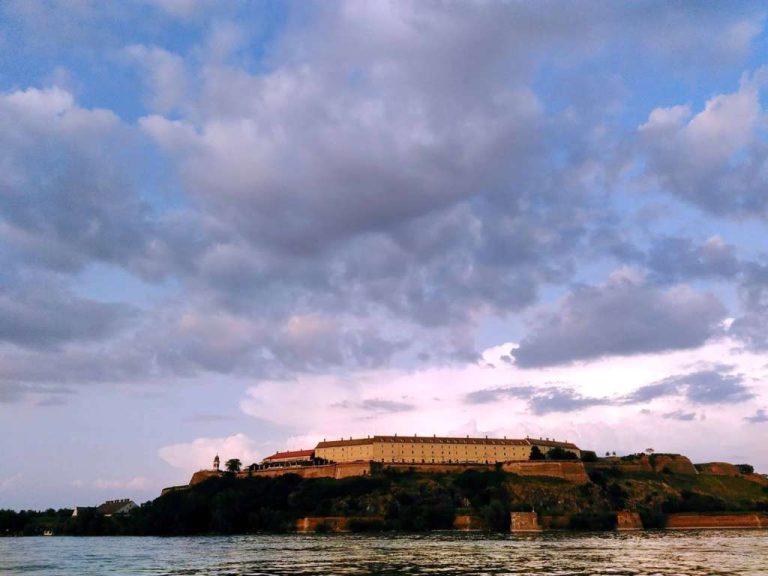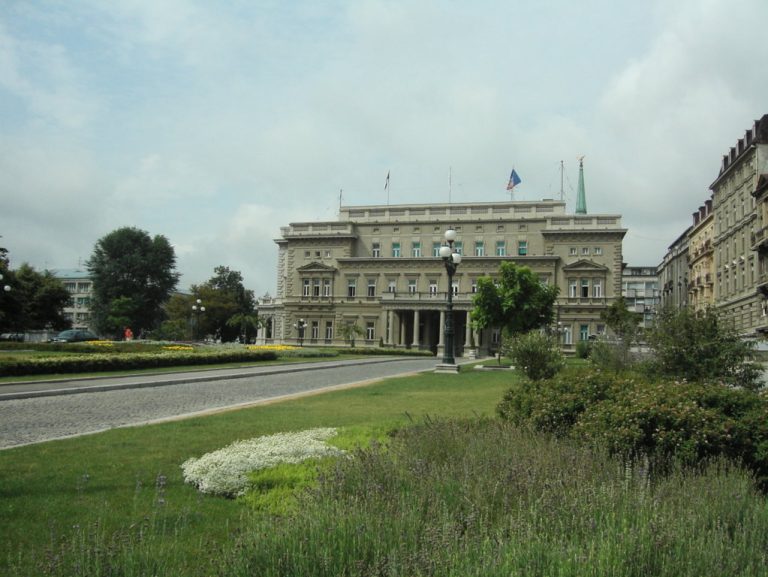Belgrade: the city where rivers tell stories
In the heart of the Balkans, where the Danube meets the Sava in an eternal embrace, lies one of Europe’s most surprising and lesser-known capitals: Belgrade.
In the Serbian capital, time seems to flow differently—between ancient memories and an energetic present—in a balance that only deeply lived cities can achieve. Increasingly appreciated by curious travelers and lovers of river cruises, this city is one of the main hubs of Danubian navigation, offering a port rich in substance, charm, and authenticity.
Overlooking two of the most important waterways in Europe, it is easily reached by many cruises connecting cities like Vienna, Bratislava, and Budapest to the east and south, up to the borders of the Black Sea.
Belgrade
Belgrade Center Red umbrella (1) serbia in coming
The modern river port allows direct disembarkation into the city center, making the transition between journey and discovery natural and seamless. Thanks to this privileged location, river tourism has found fertile ground here, turning the city into a destination not only to visit, but to experience in full rhythm.
Walking through its streets, one cannot help but perceive the layers of history stretching back over two thousand years. Founded by the Celts, conquered by the Romans, destroyed and rebuilt many times, it has been under Ottoman, Habsburg, and more recently, Yugoslav rule.
Each era has left visible marks in the urban fabric—such as the majestic Kalemegdan Fortress, perched on a promontory overlooking the river confluence, once a lookout and now the city’s green heart, or the grand Orthodox cathedral of Saint Sava, a symbol of Serbian spiritual and cultural rebirth, with its dome towering above the skyline.
This architectural vibrancy continues in newer districts, where post-socialist brutalism coexists with modern regeneration projects. Among pedestrian alleys, artistic spaces, independent galleries, and waterfront venues, there is a spontaneous creativity—often grassroots—that has transformed entire urban areas into cultural laboratories.
Kalemegdan Fortress
Orthodox cathedral of Saint Sava_
One of the most interesting is undoubtedly the Savamala district, now a hotspot for young artists, designers, and musicians, who have turned it into a hub of new artistic and cultural trends.
The city’s cultural buzz doesn’t end with visual arts and music. Theater, dance, and literature also play a central role. Every year, major international festivals take place—from Bitef, which for over half a century has brought avant-garde theatrical experiences, to the Belgrade Beer Fest, blending conviviality and live music and attracting thousands of visitors.
And in the warmer season, life moves to the riverbanks: floating bars, dinner cruises, and sunset concerts make the rivers an integral part of the tourist experience—not just a scenic backdrop.
The cuisine reflects the complexity of local identity. Traditional dishes feature Turkish, Austro-Hungarian, and Slavic flavors. Grilled meats, local cheeses, pickled vegetables, and savory pies are at the heart of a rich, hearty gastronomy, meant to be shared.
Novi_Sad_city centre_
Petrovaradin Fortress
In the traditional kafana, often with live music, locals are always ready to tell stories, while modern restaurants offer elegant reinterpretations of timeless classics. Every meal is accompanied by a shot of rakija, the fruit brandy that’s a symbol of local hospitality.
Those with time and the desire to venture beyond the center can easily reach fascinating sites. Less than an hour away, the city of Novi Sad enchants with its baroque center and Petrovaradin Fortress, while to the south, the rolling hills of Fruška Gora hide Orthodox monasteries and vineyard paths.
The Smederevo region, with its historic fortress on the Danube and local wineries, also makes for a lovely excursion into Serbia’s most authentic and rural countryside.
Despite its artistic richness, strategic position, and cultural vibrancy, this capital retains an authentic feel—far from mass tourism clichés. Here, the traveler is not a distracted guest but is welcomed as part of a shared narrative.
August_2006_Belgrade_11
Belgrade stands out for its genuine hospitality and social interaction marked by sincerity. A city that reveals itself without embellishment, characterized by continuous urban evolution, a wealth of historical landmarks, and a lively nightlife.
Those who reach the city by river enjoy a gradual and immersive approach that highlights the spirit of slow travel. The Serbian capital offers a dynamic setting where every corner reflects the complexity of the past and every interaction helps define the city’s modern identity.
Wandering through the historic districts of Belgrade, pausing in one of the many venues overlooking the Danube, or listening to traditional music at sunset are meaningful cultural experiences, capable of enriching any visitor’s perspective.
Don’t miss more updates, news and shore excursions in the most beautiful river cities on our website, Cruising Journal.

